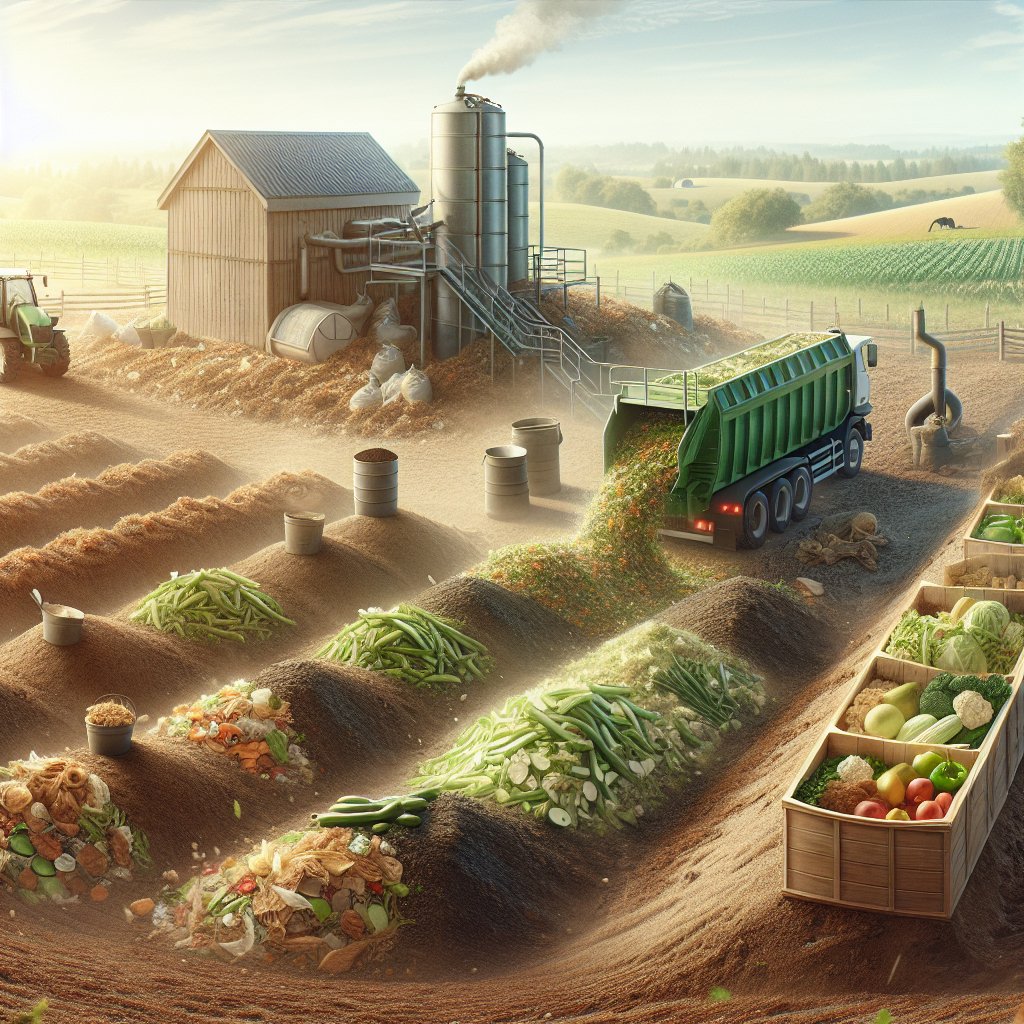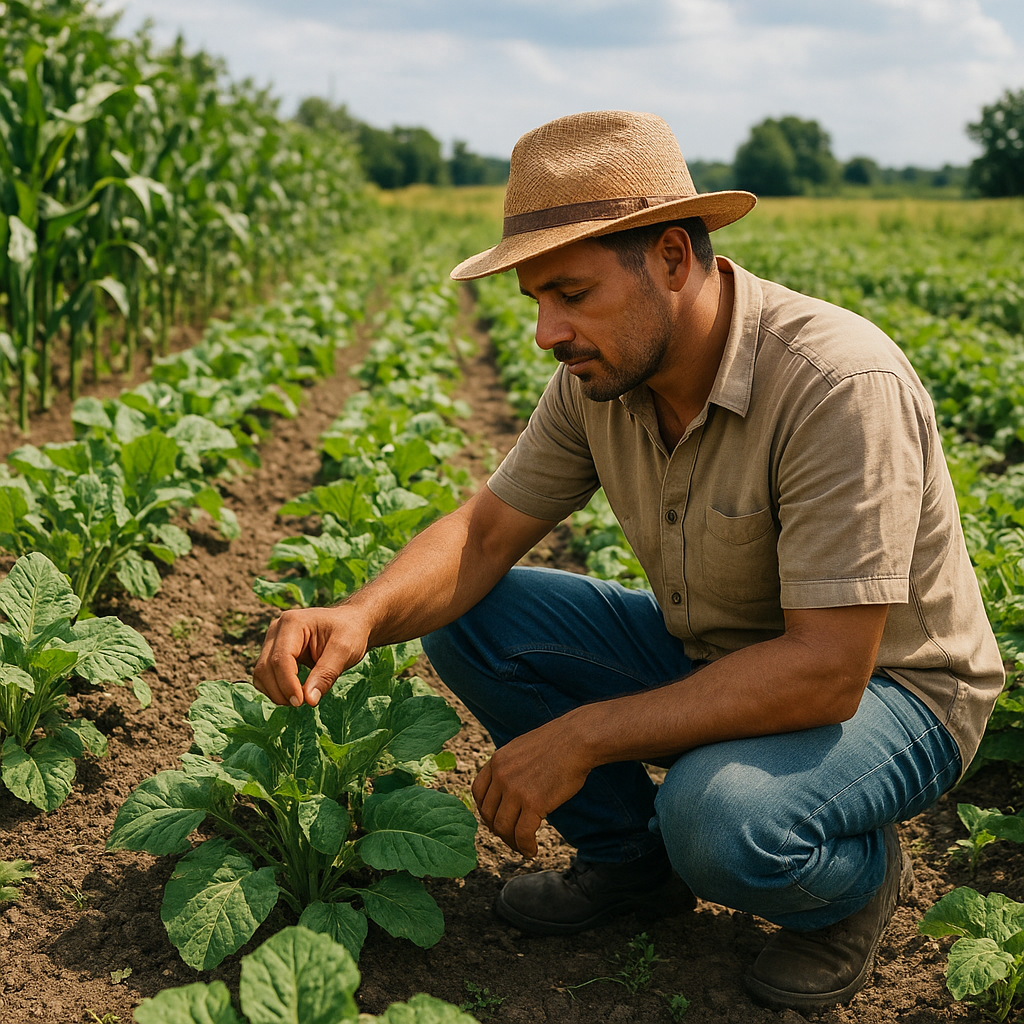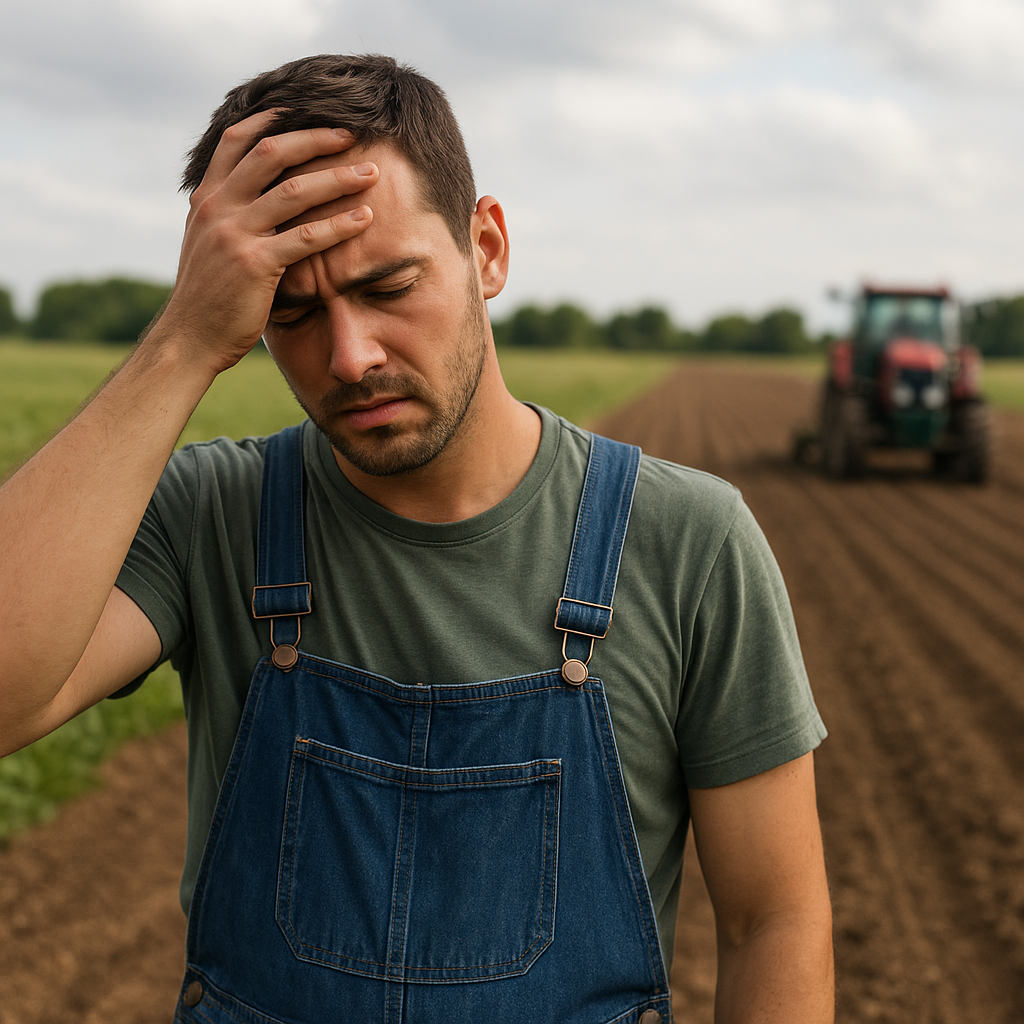
Reducing farm waste through composting systems is an effective and sustainable approach to managing agricultural by-products. Composting not only minimizes waste but also enhances soil fertility, reduces the need for chemical fertilizers, and contributes to a more sustainable farming practice. This article explores the various methods and benefits of composting systems in agriculture, providing insights into how farmers can implement these systems to improve their operations.
Understanding Composting Systems
Composting is a natural process that involves the decomposition of organic materials into a nutrient-rich soil amendment known as compost. This process is facilitated by microorganisms, such as bacteria and fungi, which break down organic matter into simpler compounds. Composting systems can vary in complexity, from simple backyard piles to sophisticated industrial operations, but the fundamental principles remain the same.
There are several types of composting systems that farmers can adopt, each with its own set of advantages and challenges. The most common systems include aerobic composting, anaerobic composting, and vermicomposting. Each system has unique requirements in terms of space, time, and resources, and the choice of system often depends on the specific needs and constraints of the farm.
Aerobic Composting
Aerobic composting is the most common method used in agriculture. It involves the decomposition of organic materials in the presence of oxygen. This process is relatively fast and efficient, producing compost in a matter of weeks to months. Aerobic composting requires regular turning or aeration to ensure that oxygen is evenly distributed throughout the compost pile. This method is ideal for farms with ample space and access to equipment for turning the compost.
The benefits of aerobic composting include the rapid breakdown of organic matter and the production of high-quality compost. However, it requires careful management to maintain the right balance of carbon and nitrogen, moisture, and temperature. Farmers must monitor these factors to ensure optimal conditions for microbial activity.
Anaerobic Composting
Anaerobic composting, on the other hand, occurs in the absence of oxygen. This method is slower than aerobic composting and can take several months to a year to produce compost. Anaerobic composting is often used in situations where space is limited, as it requires less frequent turning and can be done in enclosed containers or pits.
While anaerobic composting is less labor-intensive, it can produce unpleasant odors and methane gas, a potent greenhouse gas. However, with proper management, these issues can be mitigated. Anaerobic composting is particularly useful for managing wet or high-moisture organic waste, such as food scraps and manure.
Vermicomposting
Vermicomposting is a specialized form of composting that uses earthworms to break down organic matter. This method is highly efficient and produces a nutrient-rich compost known as worm castings. Vermicomposting is ideal for small-scale operations or farms with limited space, as it can be done in bins or containers.
The advantages of vermicomposting include the production of high-quality compost and the ability to process a wide range of organic materials. However, it requires careful management to maintain the right conditions for the worms, such as temperature, moisture, and pH levels. Vermicomposting is particularly effective for processing kitchen waste and other small-scale organic materials.
Benefits of Composting in Agriculture
Composting offers numerous benefits for farmers and the environment. By converting organic waste into valuable compost, farmers can reduce their reliance on chemical fertilizers, improve soil health, and enhance crop yields. Composting also helps to reduce greenhouse gas emissions by diverting organic waste from landfills and minimizing methane production.
One of the primary benefits of composting is the improvement of soil structure and fertility. Compost adds organic matter to the soil, which enhances its ability to retain moisture and nutrients. This, in turn, promotes healthy plant growth and reduces the need for irrigation and chemical inputs. Compost also supports beneficial soil microorganisms, which play a crucial role in nutrient cycling and disease suppression.
In addition to improving soil health, composting can also help farmers manage waste more effectively. By composting organic waste on-site, farmers can reduce disposal costs and minimize the environmental impact of their operations. Composting also provides an opportunity to recycle nutrients and organic matter back into the farm ecosystem, creating a closed-loop system that supports sustainable agriculture.
Implementing Composting Systems on the Farm
Implementing a composting system on the farm requires careful planning and consideration of various factors, such as the type of waste generated, available space, and resources. Farmers should start by assessing their waste streams and identifying the most suitable composting method for their needs.
Once a composting system is selected, farmers should establish a designated area for composting and ensure that it is properly managed. This includes monitoring the compost pile for temperature, moisture, and aeration, as well as turning or mixing the pile regularly to promote decomposition. Farmers should also consider the use of composting equipment, such as aerators or compost turners, to streamline the process and improve efficiency.
Education and training are also essential for successful composting. Farmers should familiarize themselves with the principles of composting and seek guidance from experts or extension services if needed. By understanding the science behind composting, farmers can optimize their systems and produce high-quality compost that benefits their crops and the environment.
Challenges and Considerations
While composting offers numerous benefits, it also presents certain challenges that farmers must address. One of the main challenges is managing the composting process to ensure that it is efficient and effective. This requires regular monitoring and adjustment of factors such as temperature, moisture, and aeration, which can be time-consuming and labor-intensive.
Another challenge is the potential for odor and pest issues, particularly in anaerobic composting systems. Farmers must take steps to minimize these issues by maintaining proper conditions and using appropriate containment methods. Additionally, farmers should be aware of any regulations or guidelines related to composting in their area, as these can impact the design and operation of their systems.
Despite these challenges, the benefits of composting far outweigh the drawbacks. By implementing effective composting systems, farmers can reduce waste, improve soil health, and contribute to a more sustainable agricultural system. With careful planning and management, composting can be a valuable tool for enhancing farm productivity and environmental stewardship.
Conclusion
Reducing farm waste through composting systems is a practical and sustainable approach to managing agricultural by-products. By understanding the different composting methods and their benefits, farmers can implement systems that meet their specific needs and contribute to a more sustainable farming practice. Composting not only reduces waste but also enhances soil fertility, supports healthy plant growth, and reduces the need for chemical inputs. As farmers continue to seek ways to improve their operations and reduce their environmental impact, composting will play an increasingly important role in sustainable agriculture.

